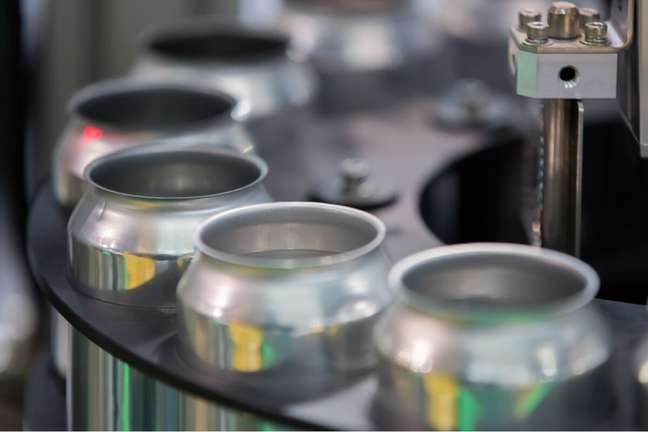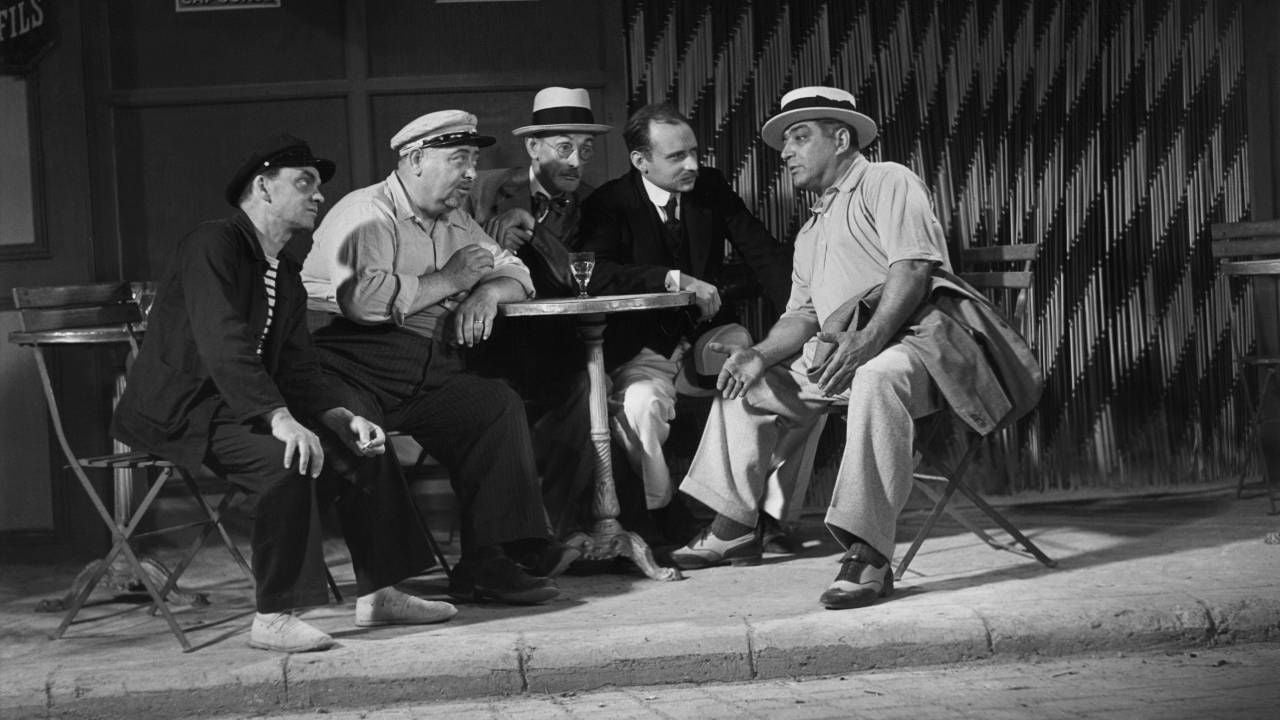The Brazilian entrepreneur and pioneer was already canning wines in the early 1970s
One fine day, surfing the internet, several popups (those cursed little windows that we didn’t ask to appear!). Two of them were from canned wine commercials. Instantly, I was reminded of the canned wines of the “Vinhas de Israel” brand that I drank in my youth in Poços de Caldas, MG. In the 70s they were the “prafrentex” novelty (today they would be “cool”) and were especially popular in tourist shops.

To the disappointment of the few inhabitants of Caldas, they were not produced by Marcassa, the only winery in our city, but by Israel e Silva, a winery in the nearby municipality of Santa Rita de Caldas, whose centenary history deserves to be told.
History of the Israel e Silva winery
In that small village south of Minas Gerais, in 1910, Israel Theodoro do Nascimento e Silva, better known as Mr. Israel Silva, worked as a barber and craftsman, that is, a craftsman who made mugs, cans and other utensils with the “Flanders sheet “, a rolled material made of low carbon steel and tinned, very resistant to corrosion. The leafleting activity was essential to exploit it future business which was born in 1918, from the marketing of peach jams made by his wife Francisca Martins, Dona Chiquinha.
With the success of the sales, the production of the jams was moved to an old house in the city center (which is still the headquarters of the company), and the new factory was called Doces Gigante. The origin of the name: the peaches used in the jams had been planted by Israel himself and, since they were very large, when he picked them he always said: “Chiquinha, look at that giant peach!”. In 1919, Israel decided to can the jams to keep them longer and registered the company under the company name Agroindustrial Israel e Silva.
The wines appear in cans
The Doces Gigante brand is known throughout the country and already in the 80s it exports to Argentina and the United States. Over the years, he added to his portfolio products (jams, sweets and jellies) of other fruits, which still exist today (my favorite is the caramelized “Figo Málaga”!). Despite the success of sweets, the enterprising Israel was not satisfied and decided to produce wine.
In 1943, with the help of his son José de Alencar e Silva (just six years old), he planted vines on his farm, Quinta Santa Rita, and, after the growth of the screwshe created the Vinhas de Israel winery, which, from 1928 to 1971, produced wines under the Santa Rita brand, packaged in bottles and demijohns.
They were table wines produced with three American grapes of the species grape vine: White Niagara (hybrid deriving from the crossing of Concord x Cassady grapes, carried out in 1868 in Niagara County, New York, USA), Niagara Rosada (mutation of White Niagara, discovered in Brazil by Antonio Carbonari, in 1933, in Louveira, SP ) and Ives Noir or Folha de Figo or Bordo or Terci ink (hybrid developed by Henry Ives in 1810, in the State of Ohio, USA).

1st canned wine in Brazil
After Israel’s death in 1958, José de Alencar took over the management of the company and, following his father’s initiative, decided to sell wines in cans. However, the wine corroded the paint that covered the inside of the can. This is why he went to France in 1970, in search of the technology to manufacture cans that adequately preserved the wine – and from there he brought the solution: the cans had to be made of steel and internally coated with a special varnish.
José Israel handed over the production protocol to Metalúrgica Mococa (a company from São Paulo in the city of the same name, still existing today), which became his supplier of cans. So, in 1971, they started producing the wines canned wines of the Vinhas de Israel brand, which were therefore the first canned wines in Brazil.
They were white, rosé and red table wines, made with the same grapes used in bottled wines and demijohns, and also with the Cabernet Sauvignon wine grape, purchased in the Serra Gaúcha. They were successful, and as sales increased, Metalúrgica Mococa, then a small company, was unable to meet the demand and began sharing production with metallurgical firms Matarazzo, Prada and Rheen.
Aluminum cans are born
In the same year, 1971, the Skol brewery launched the first canned beer in Brazil, brewed in “Flanders foil”. In 1989, it launched the country’s first aluminum can beer. From that moment on, metallurgists, who previously produced “Flanders” cans, turned their production towards aluminum cans. Furthermore, at the time, the technology to bottle wine in aluminum did not exist. So the wine production Canned Vineyards of Israel ceased in 1990.
Possible return of canned wines
José de Alencar died at the age of 66 in 2003, but the idea of returning to producing wines in cans continues to be cherished by his successors. According to his daughter Maria Salete, current manager of the company, his grandchildren Gustavo and Tadeu, who work with her in the company, intend to reactivate the production of canned wines, as today there is an efficient technology to do so. Our best wishes to the family in this endeavor.
Text originally published in Vinho Magazine (Edition 126)
By Dr. Julio Anselmo de Souza Neto
🇧🇷The best content in your email for free. Choose your favorite Terra newsletter. Click here!
Source: Terra
Ben Stock is a lifestyle journalist and author at Gossipify. He writes about topics such as health, wellness, travel, food and home decor. He provides practical advice and inspiration to improve well-being, keeps readers up to date with latest lifestyle news and trends, known for his engaging writing style, in-depth analysis and unique perspectives.







